Board analysis
If you think you're experiencing a real déja vu when you look at the board: it's really true. Except for necessary adjustments, such as another 6-pin power supply connection, the board of the XFX RX 590 Fatboy is almost identical to that of a current XFX RX 580 GTS Black Edition. With XFX you bet again on 6 phases for the GPU and 1 single phase for the memory and only inflates the possible current flow properly, but then also not.
On the rather tidy-looking back you can hardly find active components, but the dual BIOS. The rest is the usual and already known diet, because there is not even an RGB controller. So the map remains nicely dark. But you can also like that.
The following table lists the most important components installed:
Cooler and backplate in detail
The nave-shaped baking plate made of blackened aluminium with the glued-on foil on the inside does not cool anything, but in return has been provided with extra air holes. Pure optics and at most still good for stabilizing the board, but no contribution to the thermal well-being of the graphics card. Since this backplate has been screwed from above, it can only be removed if you have previously removed the entire cooler.
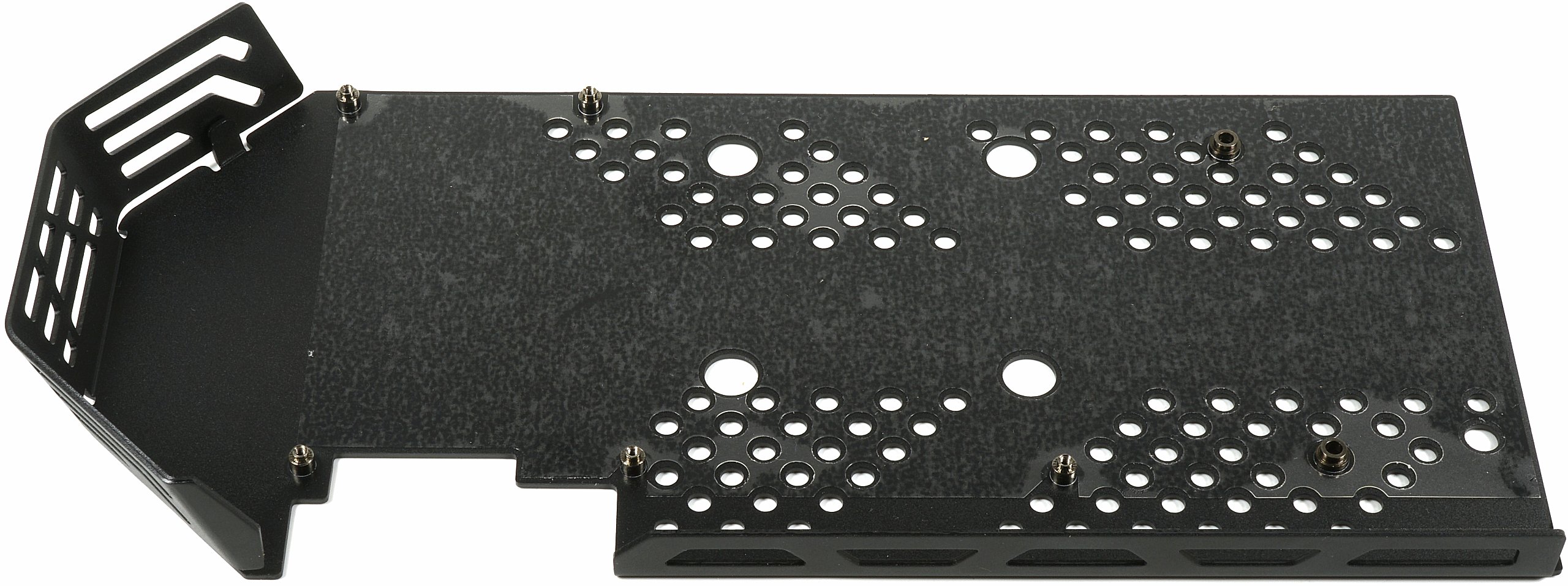
The cooler is kept quite simple and you rely on a total of two 8 mm and two 6 mm heatpipes made of copper composite material, which have not been nickel-plated. On the polished and flattened ends, the actual GPU heatsink sits as a thin copper plate. This structure in turn sits on the actual heat sink made of light metal, which carries both the circumferential frame for storage cooling and screwing and also the middle part of the horizontally aligned cooling fins.
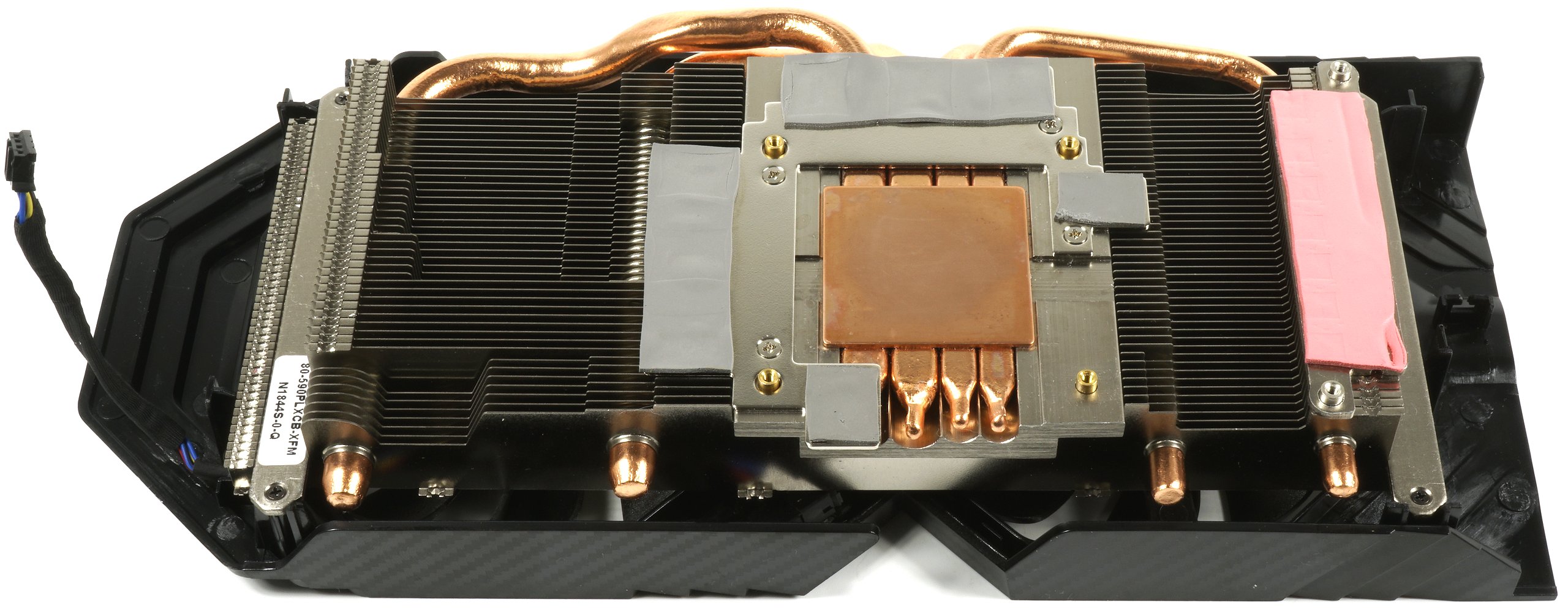
This rather simple knitted cooler will later have its dear need to dissipate the up to 250 watts of power dissipation confidently. He manages it – but only with hangings and strangles, as we will see later. I don't spoil any more at this point. For this, the most important facts are summarized in table form:
| Cooling system at a glance | |
|---|---|
| Type of cooler: | Air |
| GPU Heatsink: | Copper plate on heatpipes |
| Cooling fins: | Aluminum, horizontal alignment, narrow |
| Heatpipes | 2x 8mm + 2x 6mm, copper composite |
| VRM cooling: | VRM via own heatsink |
| RAM cooling | over frame on Heatsink |
| Fan: | 2x 9.5 cm fan, 11 rotor blades each Fan stop |
| Backplate | Aluminum No cooling function |
- 1 - Einführung, Unboxing, Daten
- 2 - Teardown: Platinenanalyse und Kühler
- 3 - AotS: Escalation
- 4 - Battlefield 1
- 5 - Destiny 2
- 6 - Far Cry 5
- 7 - Ghost Recon Wildlands
- 8 - GTA V
- 9 - Metro Last Light Redux
- 10 - Wolfenstein 2
- 11 - Shadow of the Tomb Raider
- 12 - The Division
- 13 - The Witcher 3
- 14 - World of Warcraft
- 15 - Leistungsaufnahme im Detail
- 16 - Temperatur, Takt, Infrarot
- 17 - Lüfter und Lautstärke
- 18 - Zusammenfassung















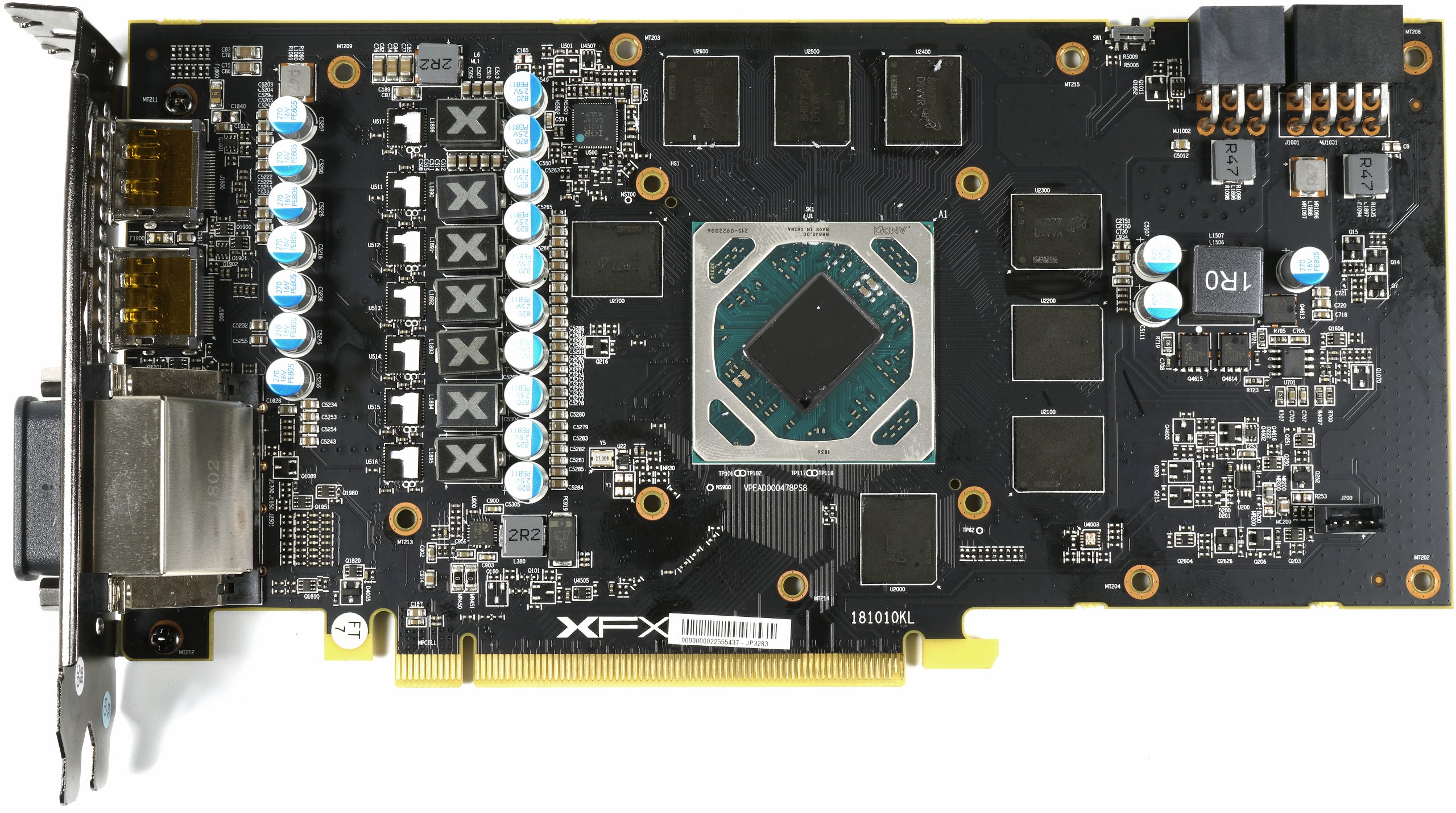
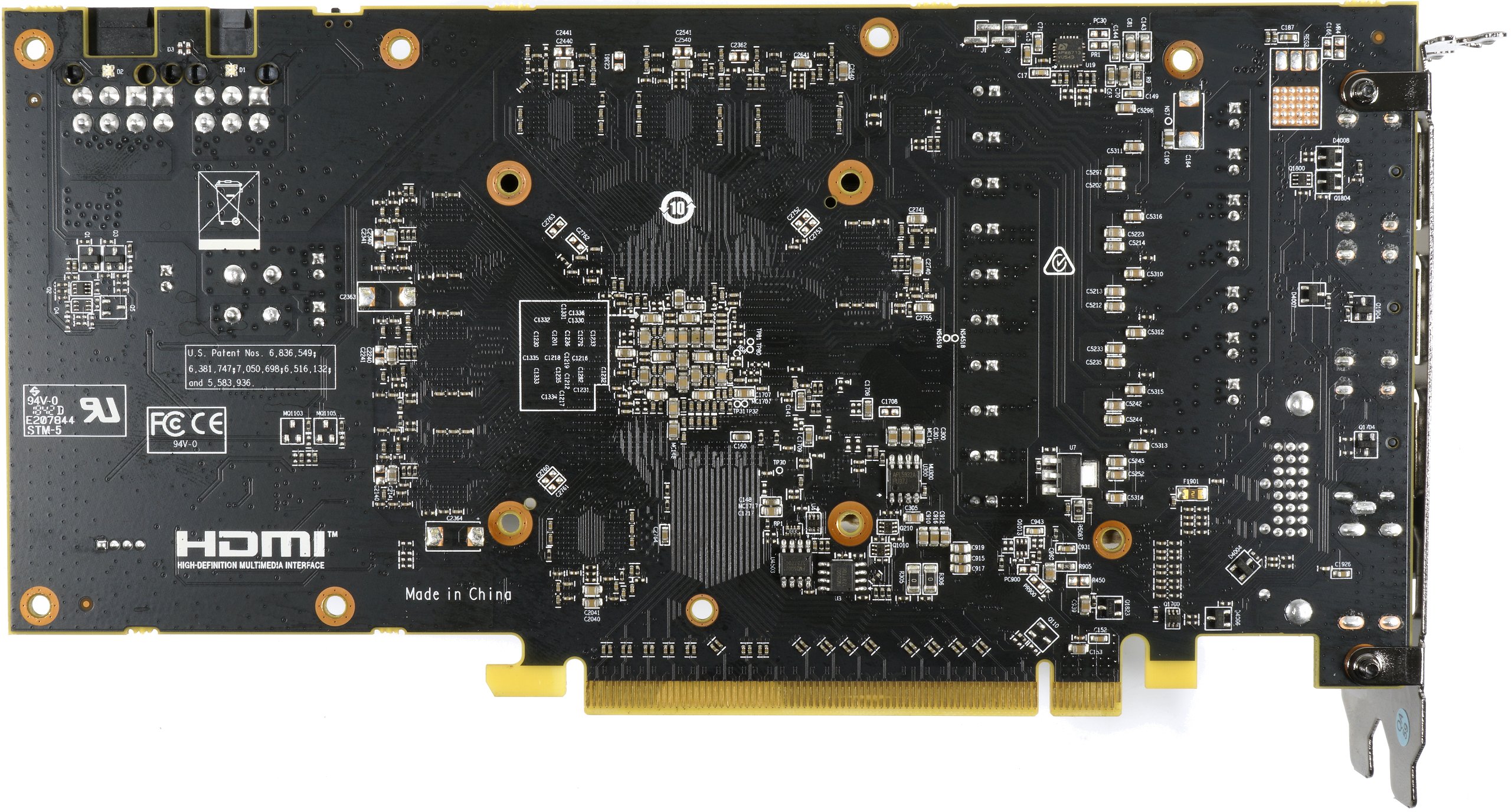
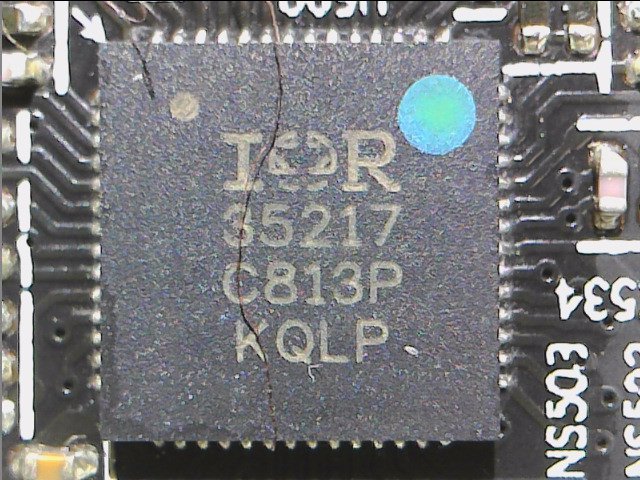
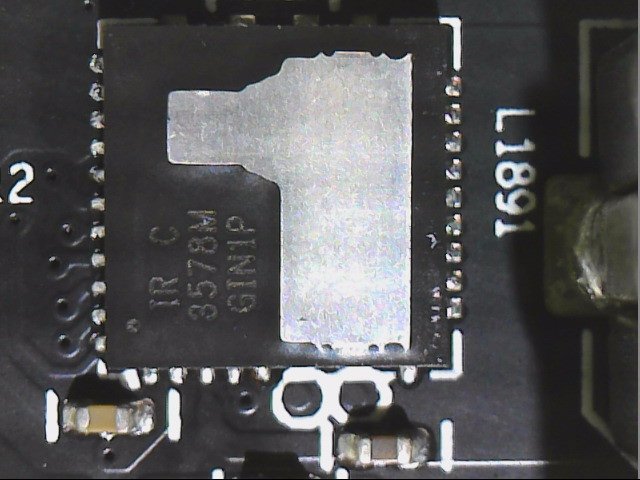
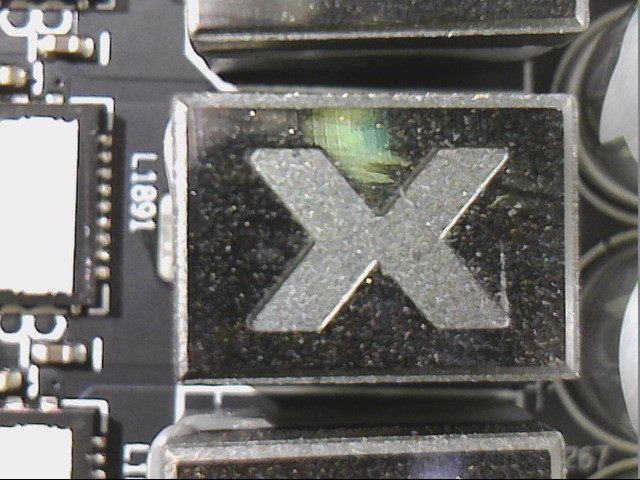
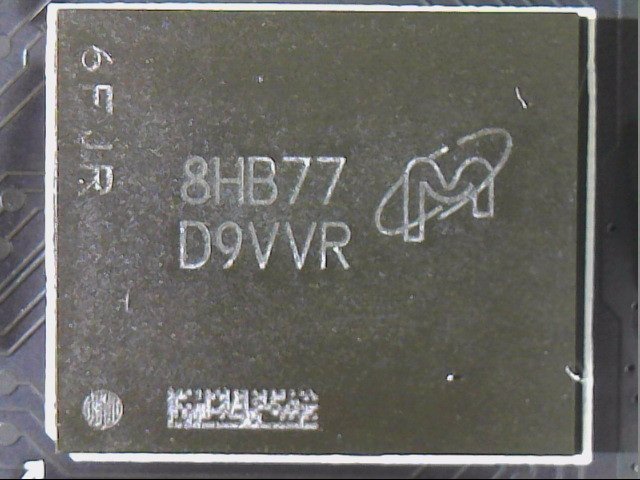
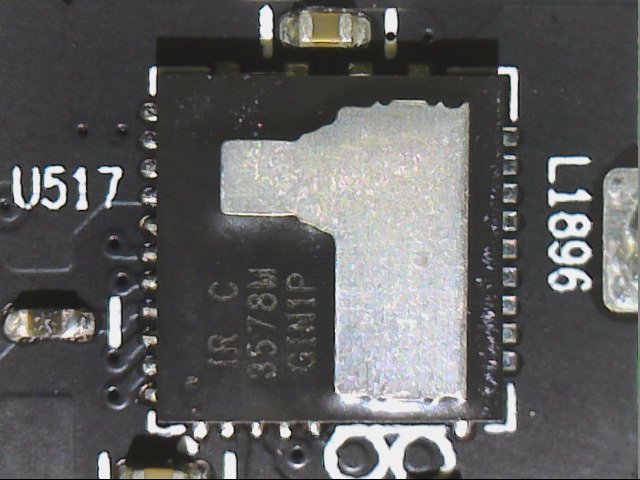
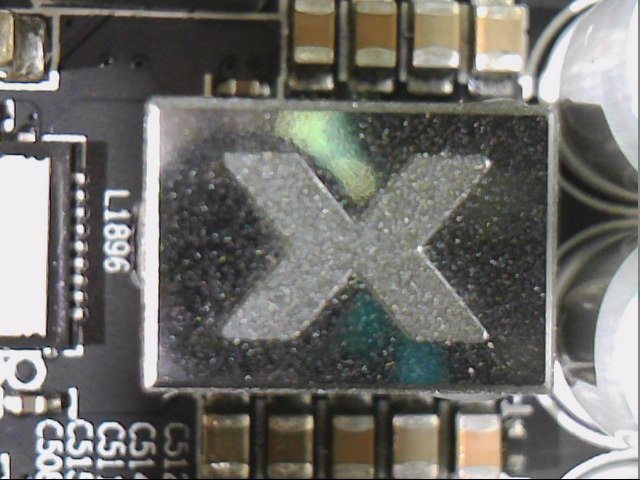
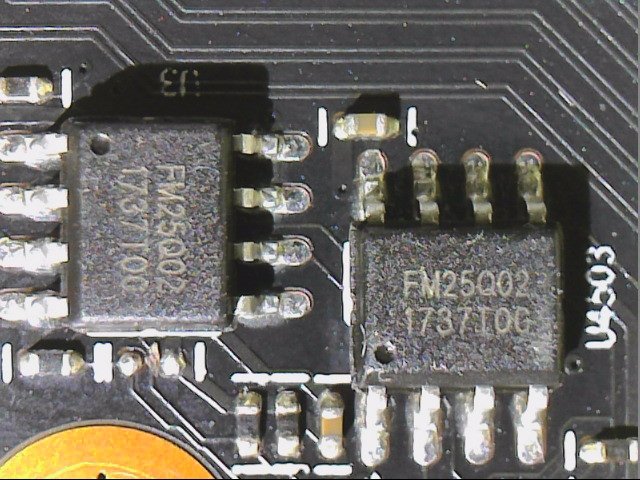
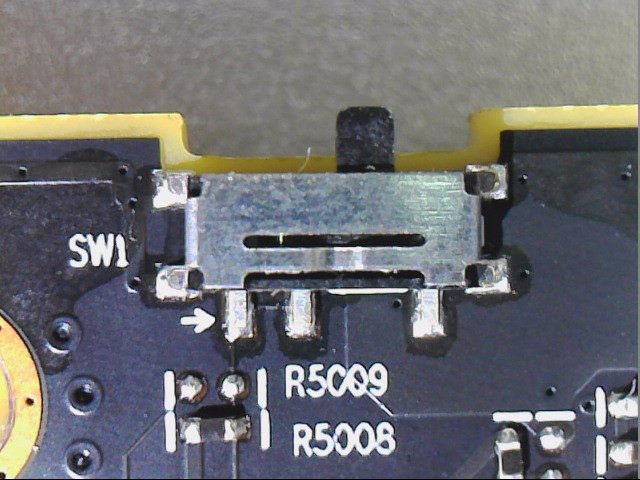
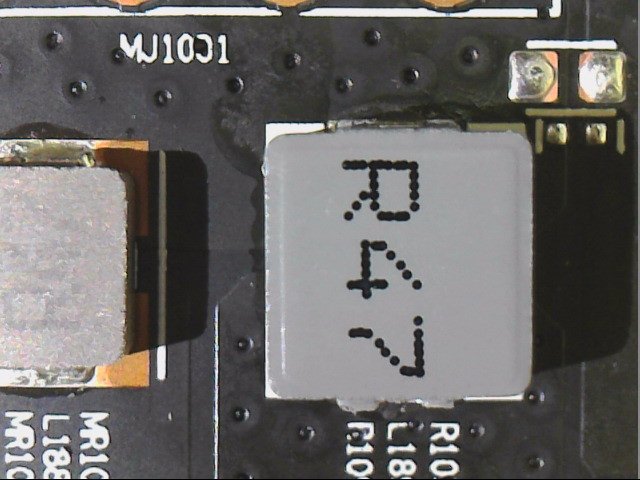



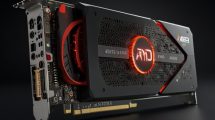
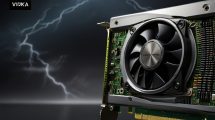













Kommentieren